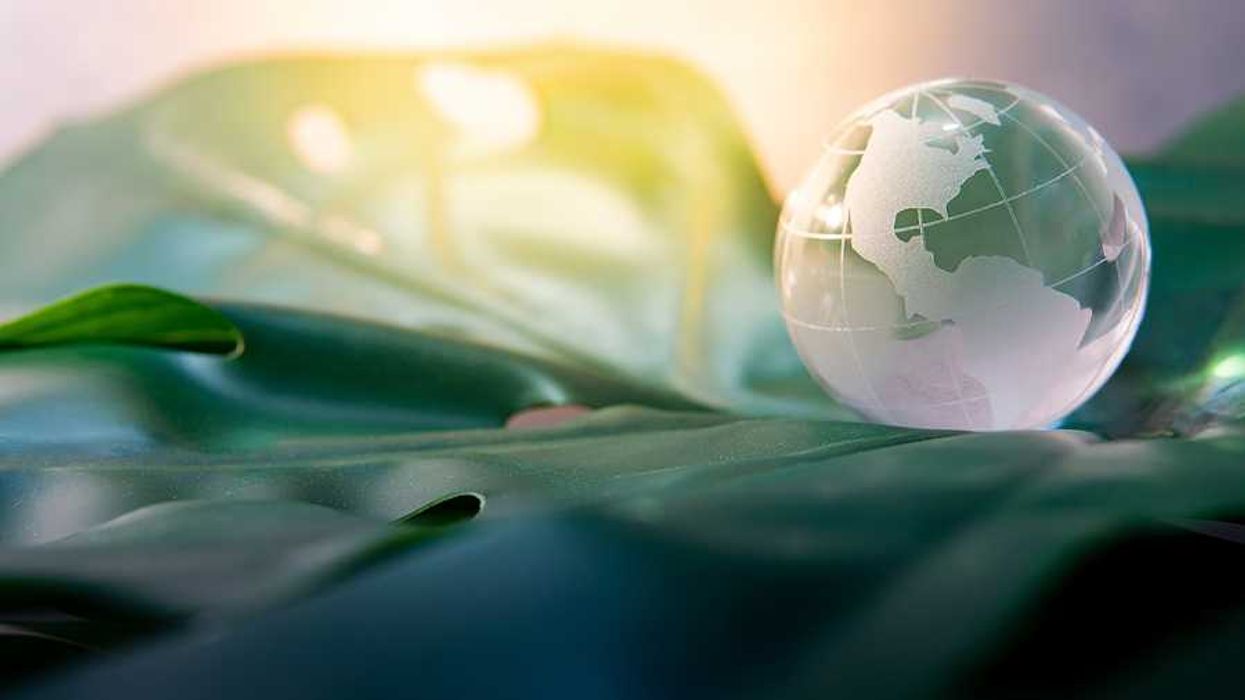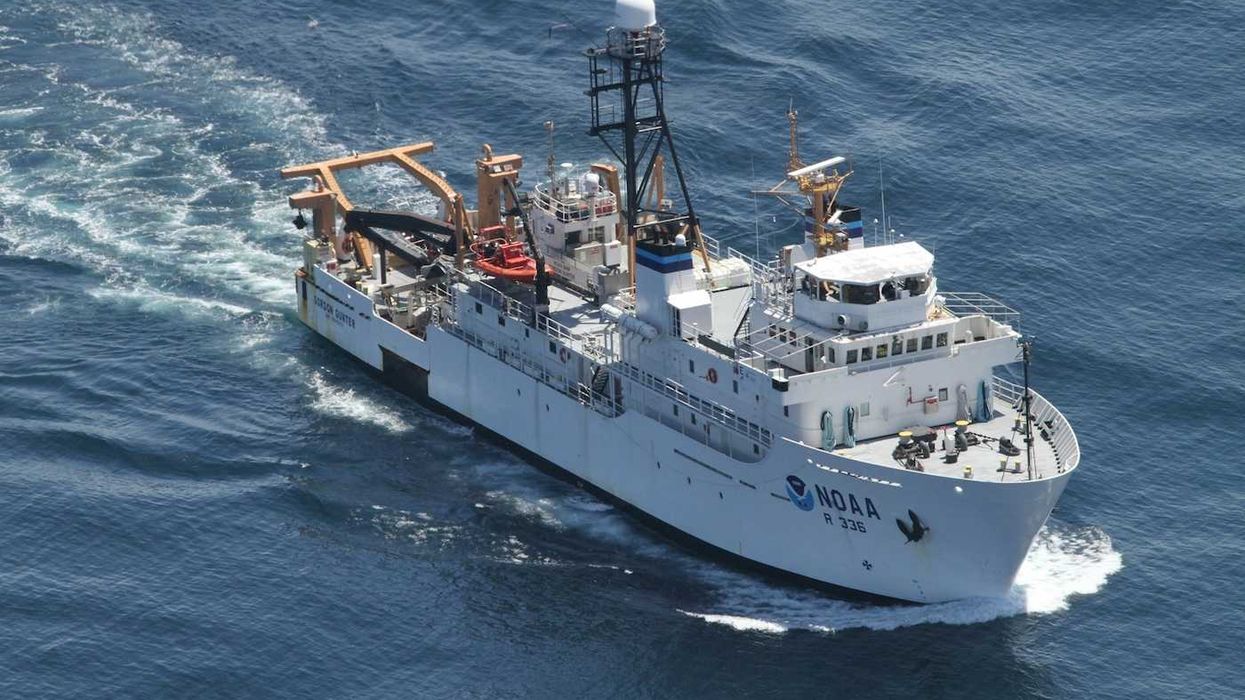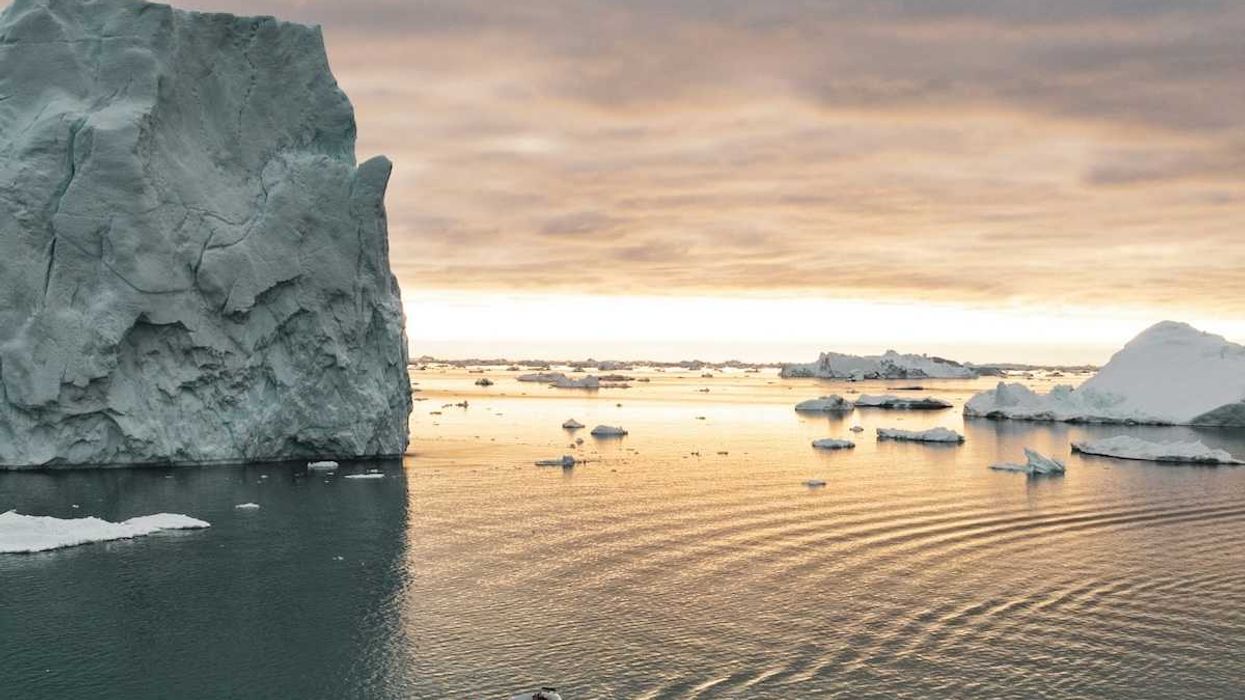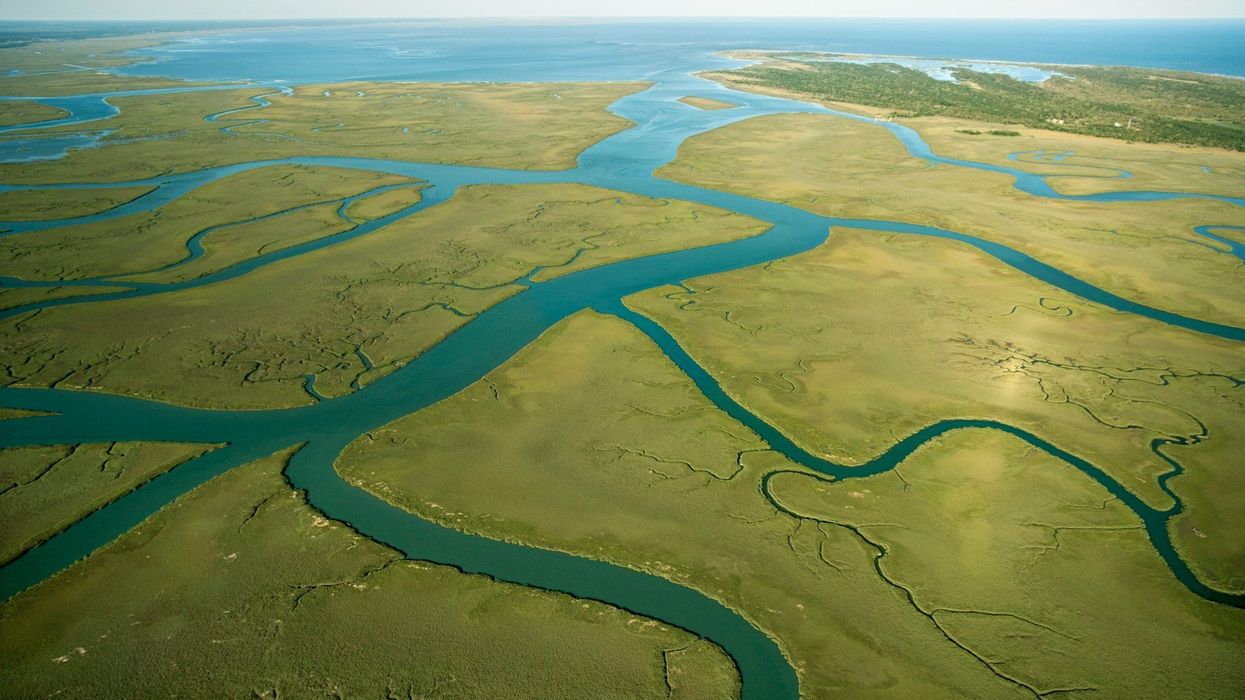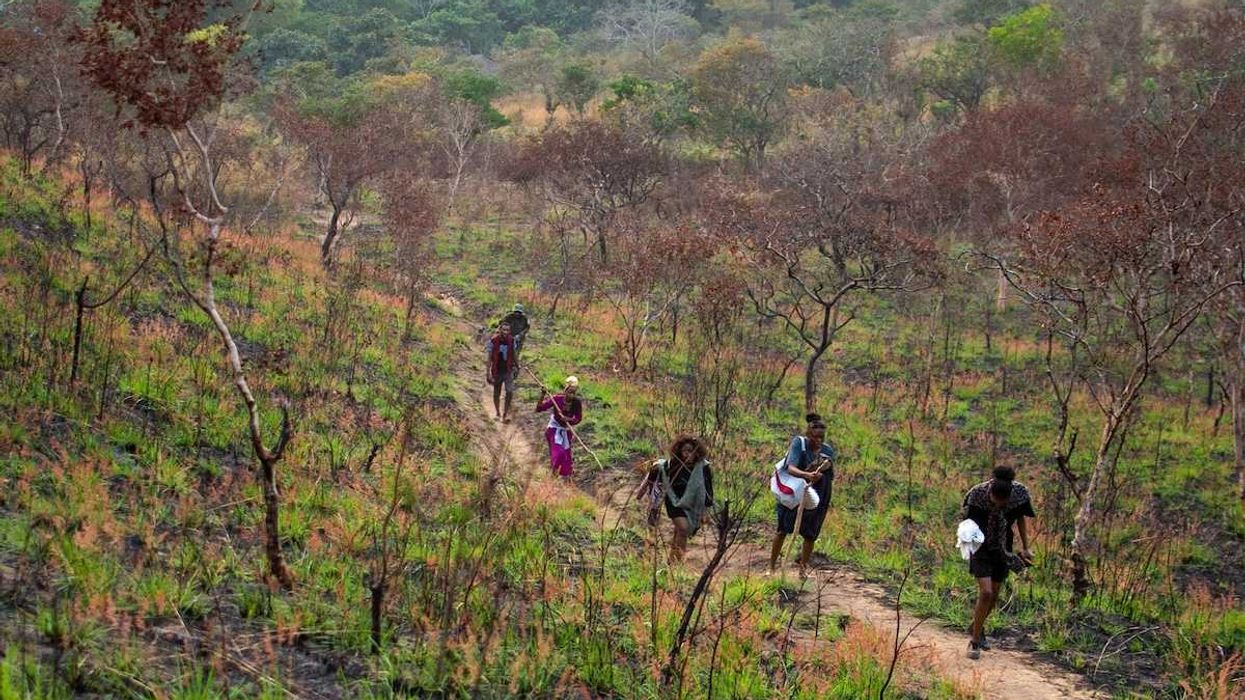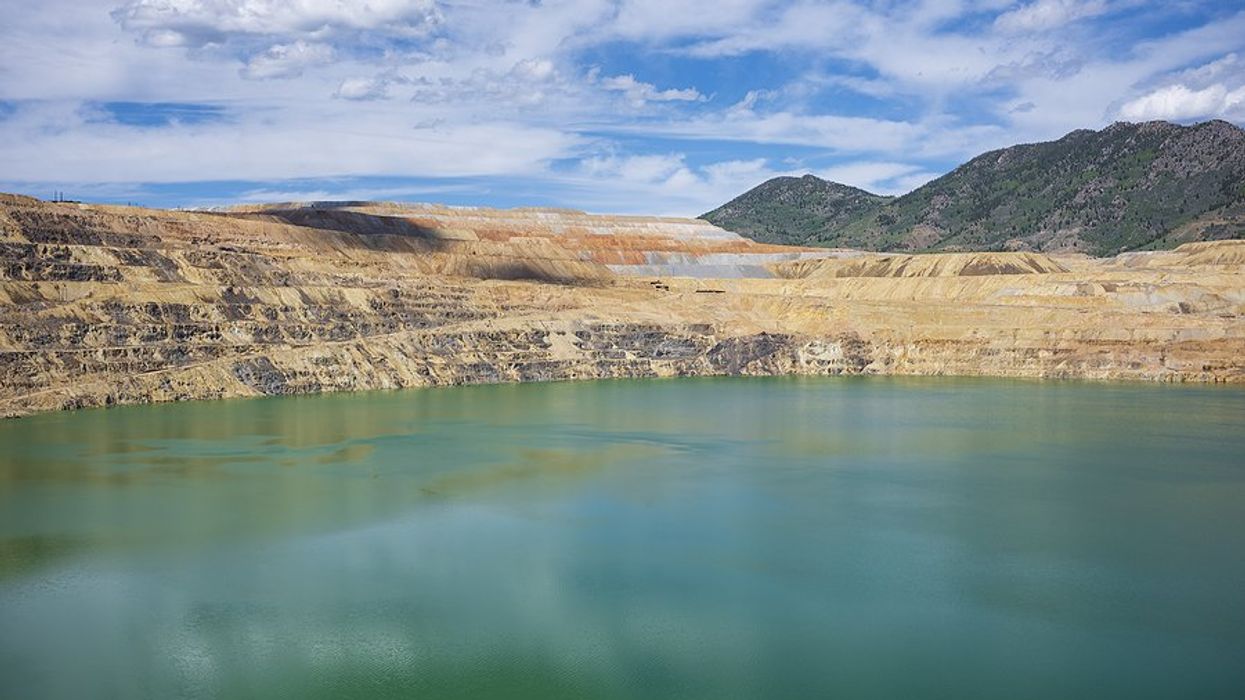Killer whales are settling in the Arctic Ocean as melting ice opens previously inaccessible waters, raising concerns about ecosystem shifts and impacts on Indigenous communities.
Caroline Hemphill reports for Mongabay.
In short:
- Two genetically distinct killer whale populations, about 200 individuals in total, have migrated to Arctic waters, researchers found.
- Melting sea ice exposes Arctic marine mammals like narwhals and belugas to predation, disrupting established ecosystems.
- Indigenous communities reliant on Arctic whales for food and culture may face challenges as killer whale populations grow.
Key quote:
“It’s a massive global experiment in climate change, and we get to watch a short part of it.”
— Colin Garroway, evolutionary geneticist
Why this matters:
Arctic warming accelerates changes in marine biodiversity and ecosystem balance. Predator arrival could threaten species vital to Indigenous cultures and Arctic food webs, illustrating broader effects of climate change on global habitats.
Related: Gray whales face a tough road ahead after a significant die-off






